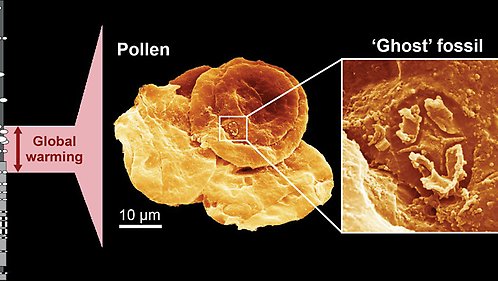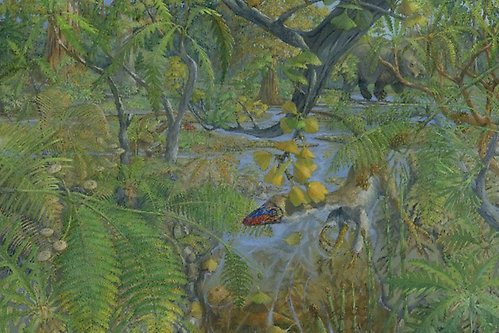Unusual fossils from a warmer world
Sam Slater is a palaeontologist, primarily working with various types of micro- and nanno-fossils, including spores and pollen from land plants and plankton that lived in the oceans.
— By using the extensive natural archive of microfossils, my research aims to understand how ecosystems have responded to various intervals of geologically rapid environmental and climatic changes in Earth’s history. To date, this work has centred on the Jurassic Period, an episode of Earth’s history that was much warmer than at present.
Ongoing research
In his ongoing research, Sam Slater focus on trying to better understand the Toarcian Oceanic Anoxic Event (T-OAE), an interval of rapid global warming that took place during the Jurassic Period, 183 million years ago.
Major changes to ocean chemistry and marine ecosystems have been reported from this event, but our understanding of what happened on land is comparatively less precise.
— I have been researching how fossil pollen assemblages change across the geological interval that spans this event. More recently, I have been studying an unusual type of fossil – imprint fossils of nannoplankton preserved on organic matter. I found these fossils within rocks that were laid down during the T-OAE, and they are providing us with new insights into how marine ecosystems responded to this extreme event.
More information
- Sam Slater is an editor and the technical editor for the journal Grana, an international journal that is specialised in publishing research in the fields of palynology and aerobiology.
- MSci University of Birmingham, UK and Uppsala University, Sweden, 2011
- PhD. University of Sheffield, UK, 2016
Contact details

Sam Slater
Researcher
Paleontology
sam.slater@nrm.se



